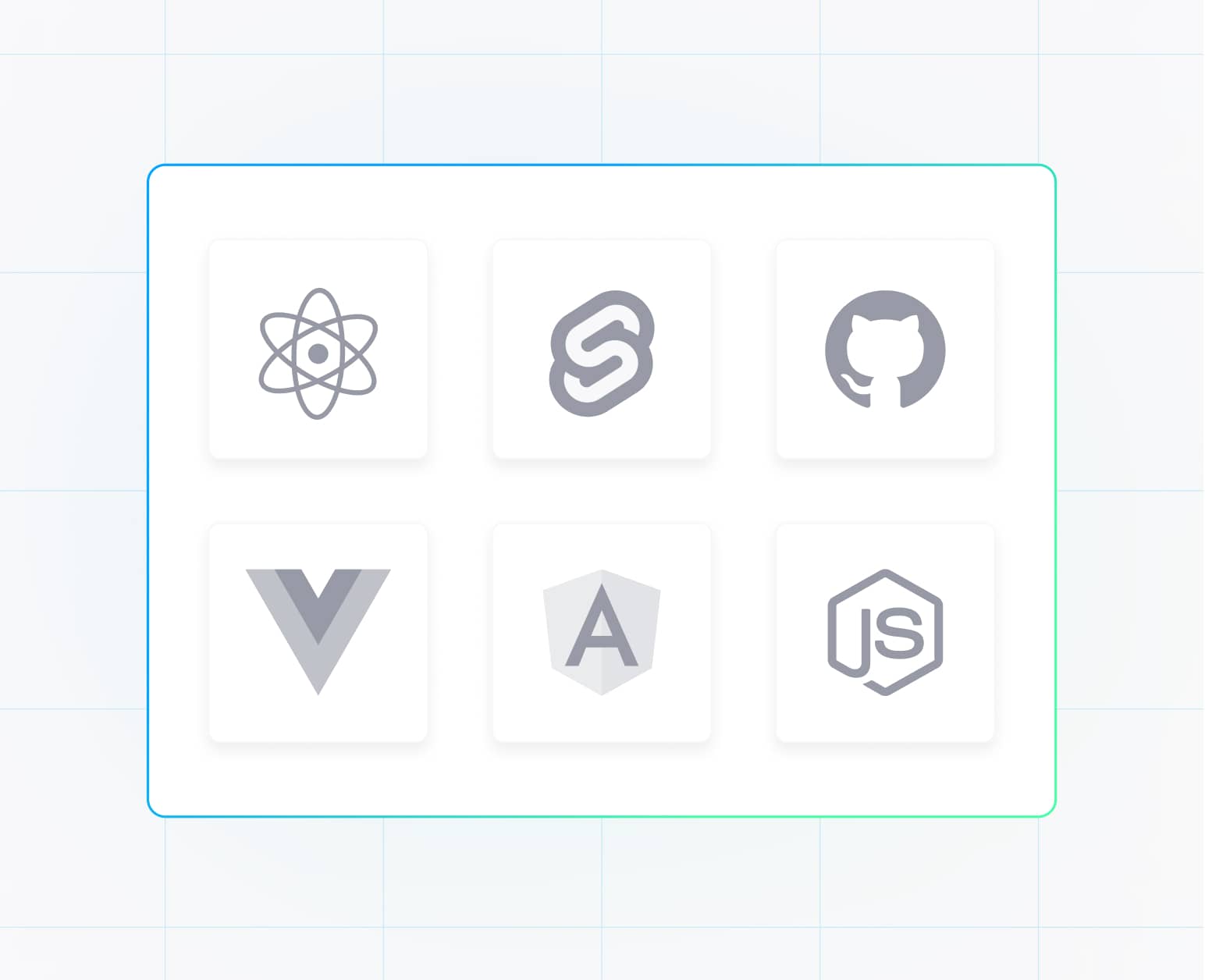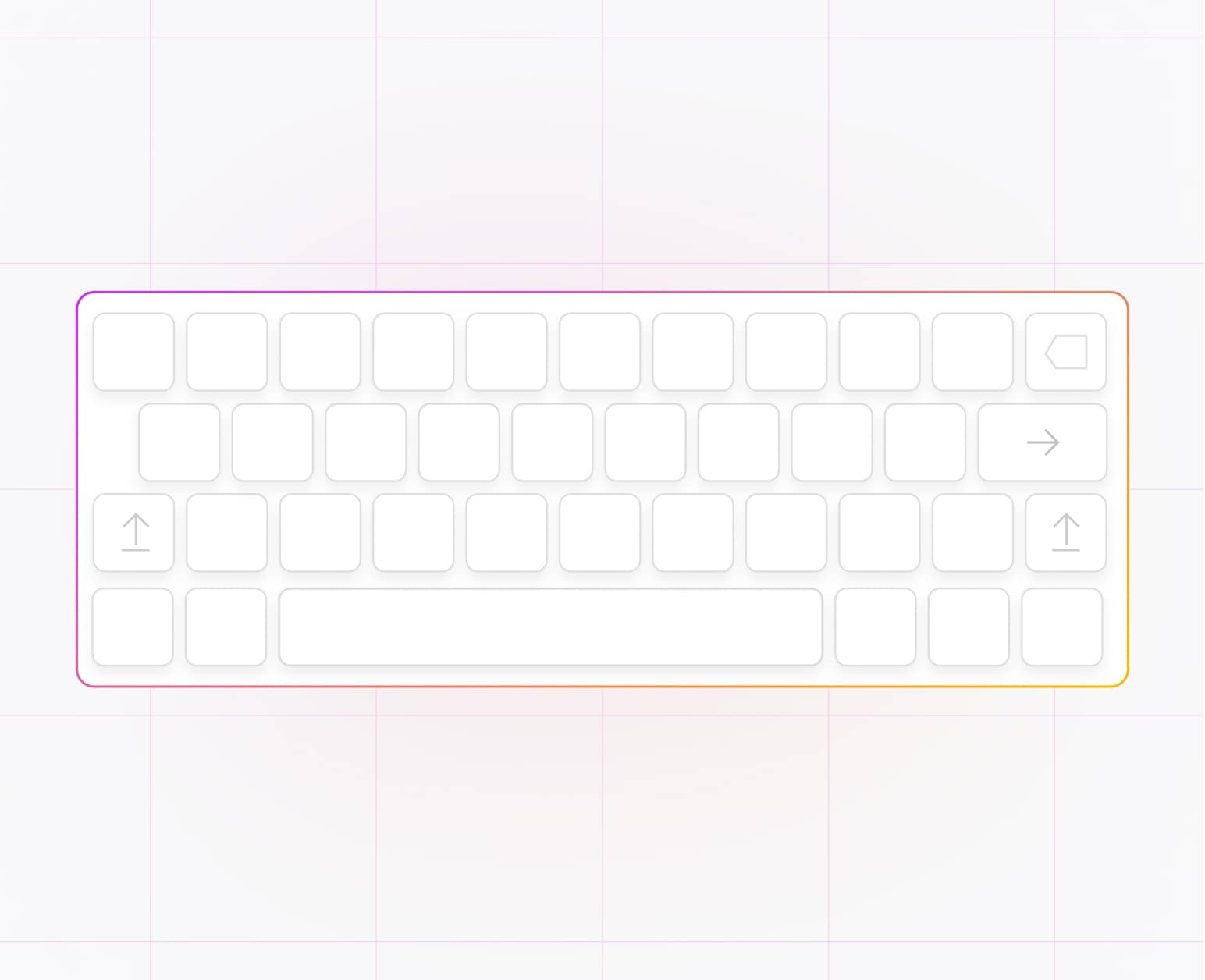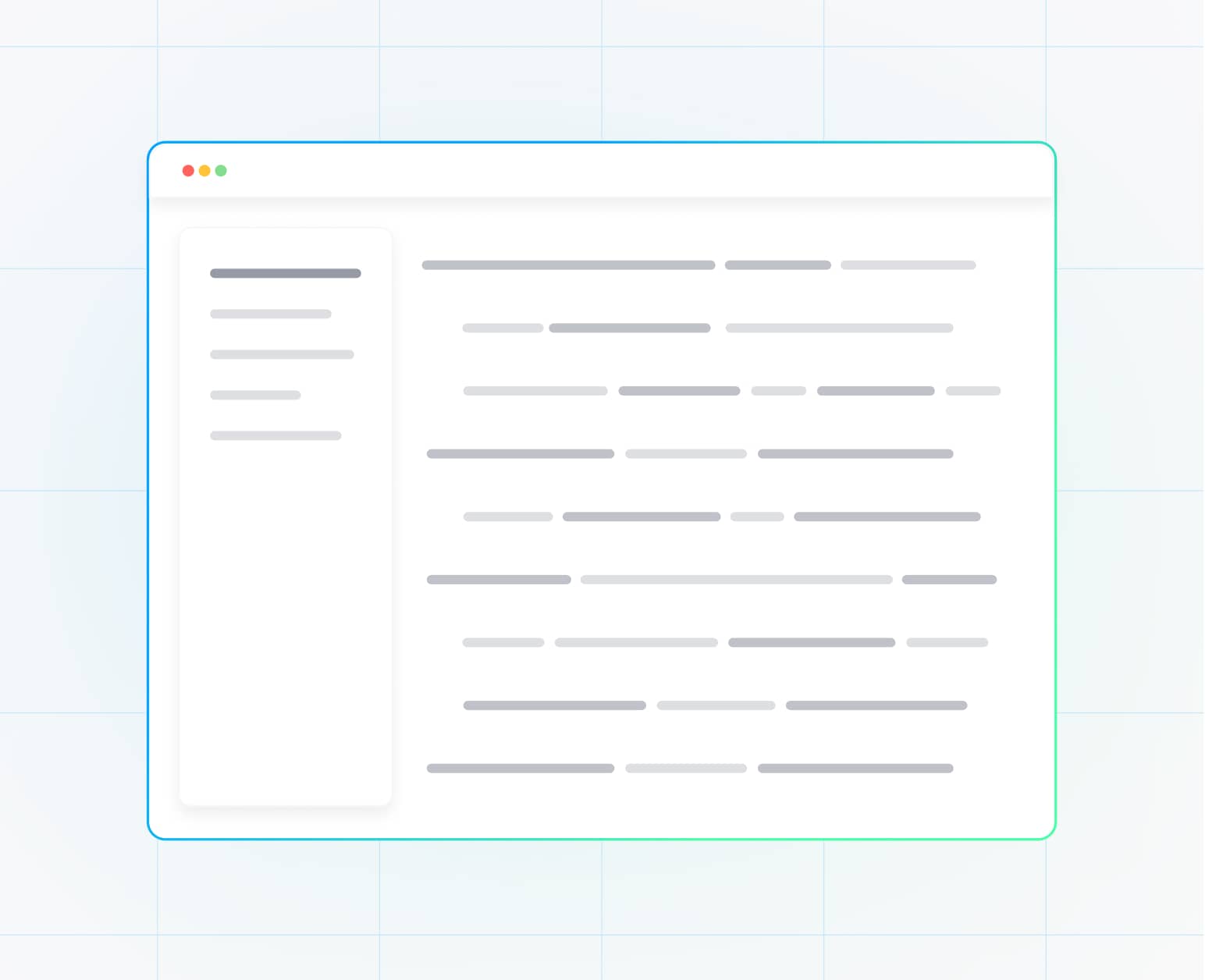
What is a technology stack, and how to choose the right one for your company

What is a Technology Stack, and How to Choose the Right One for Your Company in 2025
The technology landscape has evolved dramatically in 2025, with AI integration, edge computing, and serverless architectures reshaping how we build modern applications. Choosing the right technology stack is now more critical than ever for business success. This comprehensive guide explores what technology stacks are, the latest trends driving 2025, and a proven framework to help you make the best choice for your company.
What is a Technology Stack?
A technology stack is the complete collection of programming languages, frameworks, databases, and tools used to build and run your software application. Think of it as the foundation and blueprint for your entire digital product.
Modern technology stacks consist of four core layers:
Frontend (Client-Side)
What users see and interact with:
- Languages: HTML, CSS, JavaScript, TypeScript
- Frameworks: React 18, Angular 17, Vue.js 3, Svelte
- Modern Tools: Tailwind CSS, Next.js 15, Vite
Backend (Server-Side)
The engine that powers your application:
- Languages: Python, Node.js, Java, Go, Rust
- Frameworks: FastAPI, Express.js, Spring Boot, Django
- APIs: REST, GraphQL, gRPC
Database Layer
Where your application stores and retrieves data:
- Relational: PostgreSQL 16, MySQL 8.0
- NoSQL: MongoDB 7.0, Redis 7, Cassandra
- Cloud: AWS DynamoDB, Google Firestore, Supabase
Infrastructure & DevOps
The platform that hosts and scales your application:
- Cloud: AWS, Google Cloud, Microsoft Azure
- Containers: Docker, Kubernetes
- CI/CD: GitHub Actions, GitLab CI, Jenkins
Revolutionary Tech Stack Trends Dominating 2025
1. AI-First Architecture
AI integration has experienced a +17 point jump in usage from 2024 to 2025, the largest single-year increase of any technology surveyed, fundamentally transforming how applications are built.
Popular AI-First Stacks:
- Python + FastAPI + LangChain: For building intelligent APIs and agents
- Node.js + OpenAI SDK + Vector Databases: For real-time AI chat applications
- React + Supabase + Edge Functions: For AI-powered user interfaces
Key Components:
- Frameworks: LangChain, LangGraph, Hugging Face Transformers
- Model Serving: Modal, AWS SageMaker, Google AutoML
- Vector Databases: Pinecone, Weaviate, Qdrant
- Edge AI: TensorFlow Lite, ONNX Runtime
2. Serverless Computing Revolution
Serverless computing is becoming the cornerstone of cloud application development, with new architectures shaping how apps scale and evolve. The serverless market has solved cold-start problems and now supports large container images with sub-second response times.
Leading Serverless Platforms:
- AWS Lambda: Industry standard with 10GB container support
- Vercel Functions: Optimized for frontend frameworks
- Cloudflare Workers: Ultra-fast edge computing
- Google Cloud Functions: Integrated with Google's AI services
Benefits:
- Pay only for actual compute time
- Automatic scaling from zero to thousands of instances
- Up to 75% cost reduction compared to traditional container deployments
3. Edge Computing Integration
Edge computing processes data right where it's generated, reducing latency and enabling real-time decisions. Combined with 5G networks, edge computing is transforming applications requiring ultra-low latency.
Edge-Enabled Stacks:
- Cloudflare Workers + Durable Objects: Global edge computing platform
- AWS Lambda@Edge + CloudFront: Content delivery with serverless functions
- Vercel Edge Runtime: Edge-first React applications
4. Modern Database Evolution
Redis saw an 8% growth highlighting its growing importance as applications become more complex, making high-speed, in-memory caching essential for modern tech stacks.
2025 Database Trends:
- PostgreSQL 16: Enhanced performance with better JSON support
- Redis 7: Advanced data structures and improved clustering
- Serverless Databases: PlanetScale, Neon, Supabase
- Vector Databases: Essential for AI applications
5. Cloud-Native Microservices
Microservices architecture allows for better scalability and updatability, with serverless computing automatically allocating resources for each microservice.
Modern Microservices Stack:
- Container Orchestration: Kubernetes, Docker Swarm
- Service Mesh: Istio, Linkerd
- API Gateway: Kong, AWS API Gateway
- Monitoring: Prometheus, Grafana, Datadog
Top Technology Stacks for 2025
Based on industry analysis and developer surveys, here are the most effective stacks for different use cases:
1. MERN Stack (Enhanced)
Best for: Startups, MVPs, and full-stack JavaScript applications
- MongoDB Atlas: Cloud-native database with vector search
- Express.js: Minimal and flexible Node.js framework
- React 18: Server components and concurrent features
- Node.js 22: Latest runtime with improved performance
2025 Enhancements:
- TypeScript integration by default
- Next.js 15 for full-stack capabilities
- Serverless deployment on Vercel
2. Python AI-First Stack
Best for: AI-powered applications, data science, and machine learning
- FastAPI: FastAPI experienced a +5 point increase, one of the most significant shifts in the web framework space
- PostgreSQL + pgvector: Vector database for AI applications
- LangChain: For building LLM applications
- Modal/AWS Lambda: Serverless AI inference
3. Modern .NET Stack
Best for: Enterprise applications and large-scale systems
- ASP.NET Core 8: High-performance web framework
- C# 12: Latest language features
- Azure SQL Database: Managed database service
- Azure Container Apps: Serverless container platform
How to Choose the Right Technology Stack in 2025
Follow this proven 6-step decision framework used by successful companies:
Step 1: Define Business Goals
- Time to market: How quickly do you need to launch?
- Scalability requirements: Expected user growth and traffic patterns
- Budget constraints: Development and operational costs
- Compliance needs: Industry regulations and security requirements
Step 2: Analyze Technical Requirements
- Performance expectations: Response times and throughput needs
- Integration requirements: Third-party services and APIs
- Mobile compatibility: Native apps or web-first approach
- Real-time features: Chat, notifications, live updates
Step 3: Evaluate Team Capabilities
- Current expertise: What technologies does your team know?
- Learning curve: How quickly can they adopt new technologies?
- Hiring considerations: Availability of talent in the market
- Team size: Larger teams can handle more complex stacks
Step 4: Consider Market Trends and Future-Proofing
95% of the most successful projects use "boring" technology stacks like LAMP, ASP.NET, or MEAN, choosing proven stability over the latest trends.
Key Considerations:
- Choose established technologies with strong community support
- Consider AI integration capabilities for future growth
- Evaluate cloud-native and edge computing compatibility
- Assess long-term maintenance and upgrade paths
Step 5: Cost Analysis
Development Costs:
- Developer salaries and availability
- Licensing fees for proprietary tools
- Third-party service costs
Operational Costs:
- Serverless architectures can reduce costs by up to 75% for variable traffic applications
- Cloud hosting and scaling expenses
- Monitoring and maintenance overhead
"The most successful companies in 2025 will be those that choose technology stacks strategically, focusing on long-term maintainability, team productivity, and business value over technical complexity."
Key Success Metrics to Track
Monitor these metrics to validate your technology stack choice:
Performance Metrics
- Response time: < 200ms for API calls
- Page load speed: < 3 seconds for initial load
- Uptime: > 99.9% availability
- Error rate: < 0.1% of total requests
Development Metrics
- Time to market: Faster delivery of new features
- Developer productivity: Lines of code per developer per day
- Bug resolution time: Average time to fix issues
- Team satisfaction: Developer experience and happiness
Conclusion
The technology landscape in 2025 offers unprecedented opportunities for building scalable, intelligent, and cost-effective applications. The key to success lies not in chasing the latest trends, but in making informed decisions based on your specific business needs, team capabilities, and long-term goals.
Key Takeaways:
- AI integration is no longer optional—build it into your architecture from day one
- Serverless computing has matured and offers significant cost and performance advantages
- Edge computing is essential for real-time, low-latency applications
- Proven technologies often deliver better results than bleeding-edge frameworks
- Team expertise remains more important than technology novelty
Ready to build your next application with the perfect technology stack? Contact our expert development team to discuss your specific requirements and get personalized recommendations for your project.

.png)




